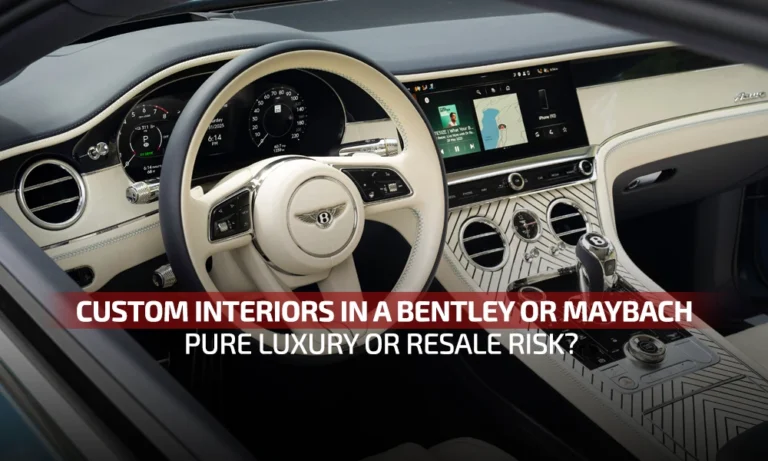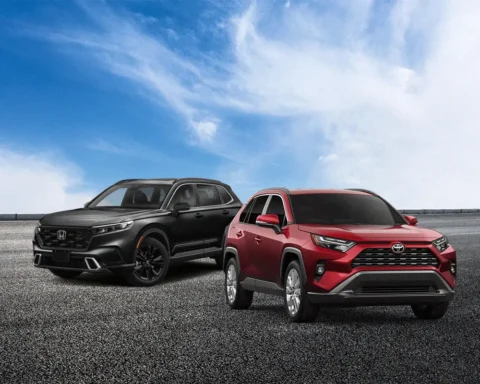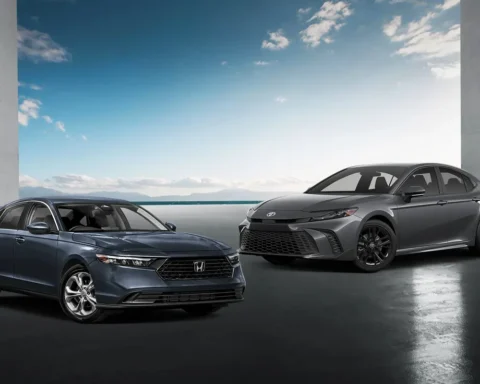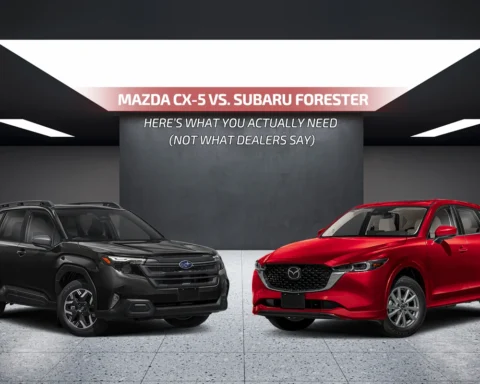When you drop $300K on a Bentley Flying Spur or a Maybach S-Class, it’s tempting to make it feel even more yours.
Maybe it’s quilted suede in your favorite color. Maybe a family crest stitched into the headrests.
Or a galaxy roof inspired by your zodiac sign.
And hey, that’s your right.
But just remember this: one person’s masterpiece is another person’s resale nightmare.
Luxury interiors are already bespoke.
When you try to push them further, especially with non-standard finishes or personal flourishes, you might be kissing your car’s resale value goodbye.
Ultra-Luxury Buyers Want Elegance—Not Your Signature
It’s hard to hear, but in the resale market, your taste doesn’t always age well.
Ultra-luxury buyers aren’t like tuner car fans. They don’t want someone else’s bold choices. They want OEM, clean, and classic.
Can interior mods really hurt resale that badly?
Yes. Dealerships and private buyers alike often deduct thousands from the price—or walk away entirely—if the interior has been heavily customized.
Unless the buyer shares your exact taste, they’ll factor in the cost to revert it back to stock.
So, those neon-stitched seats, diamond-cut door panels, or exotic wood overlays?
They might bring you joy. But to someone else, they just scream “expensive to undo.”
Bentley and Maybach Interiors Are Already Personalized
Let’s be honest—these brands already let you choose from dozens of leathers, wood trims, seat patterns, and color schemes.
Some models even offer bespoke programs that go far beyond what most people ever explore.
Bentley’s Mulliner Division, for instance, lets you specify stitching, piping, and even custom artwork—all from the factory.
Maybach gives you curated two-tone interiors, extended leather packages, and more than enough wood veneer to outfit a yacht.
So why go aftermarket when you’ve already paid for perfection?
Resale Value vs. Emotional Value: Know What You Want
Here’s the heart of the debate: What do you care about more—your vision or your vehicle’s value?
If you’re buying this car to keep forever and treat like a rolling art project, go wild. Add the mother-of-pearl inserts.
Embroider your dog’s name in the seatbacks. You do you.
But if you’re even thinking about resale two or three years down the line, play it safe.
Stick with factory options. Choose timeless colors. Avoid initials, logos, or textures that scream “custom job.”
What kind of interior changes are safe to make?
Minor, tasteful upgrades that follow OEM design language—like subtle color swaps or factory-authorized upholstery—are generally fine.
Anything involving personal branding, unconventional materials, or wild color combos is a red flag for future buyers.
Not All Custom Work Is Equal
Now, not all customization is a crime.
If you’re working with brands like Brabus, Mansory, or Bentley’s own Mulliner team, you’re at least getting craftsmanship that aligns with resale expectations.
They keep things wild but still marketable.
But once you’re dropping off your Maybach at an unknown shop with a Pinterest mood board? That’s where it starts going downhill.
Can you reverse custom interiors later?
Technically yes—but it’s expensive.
Restoring a luxury interior back to OEM spec can cost $15,000 to $40,000, depending on how far you went.
Plus, some damage (like trimmed leather panels or glued-on elements) might be permanent.
Customize If You Must
At the end of the day, luxury is about freedom.
You bought a $300K car. If it makes you happy to customize it, go for it. Just be aware that:
- The resale market is unforgiving of personal taste
- Most buyers want clean, factory interiors
- Even tasteful mods can narrow your buyer pool
If I were to get a bentley or a Maybach, I wouldn’t change a thing about it. There is something beautiful about keeping your car stock for the whole time you own it.







